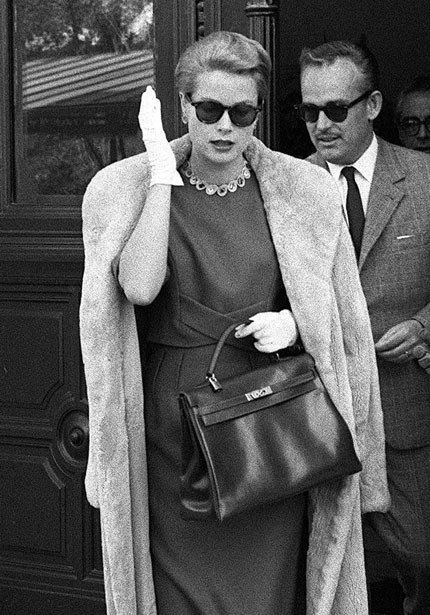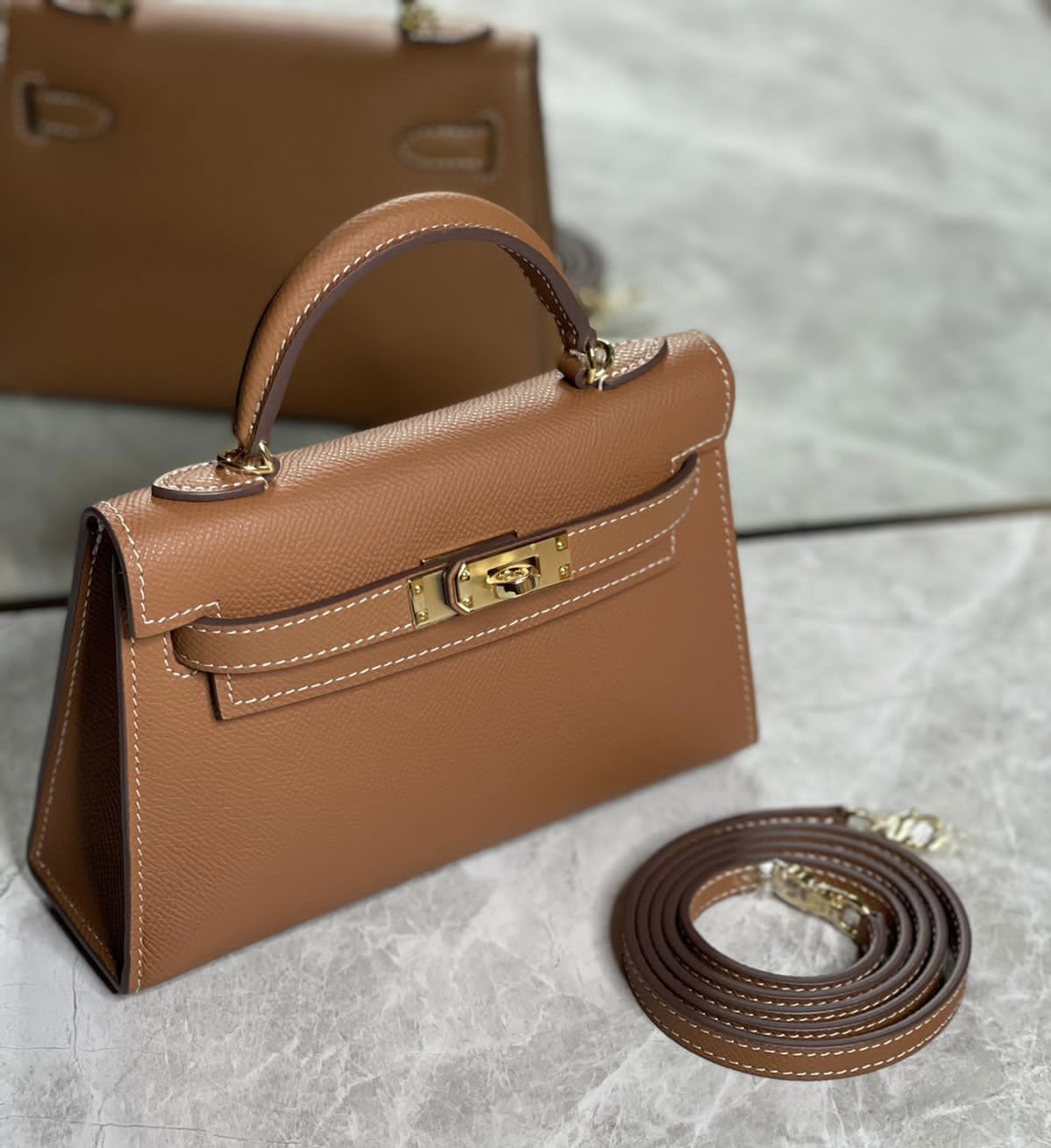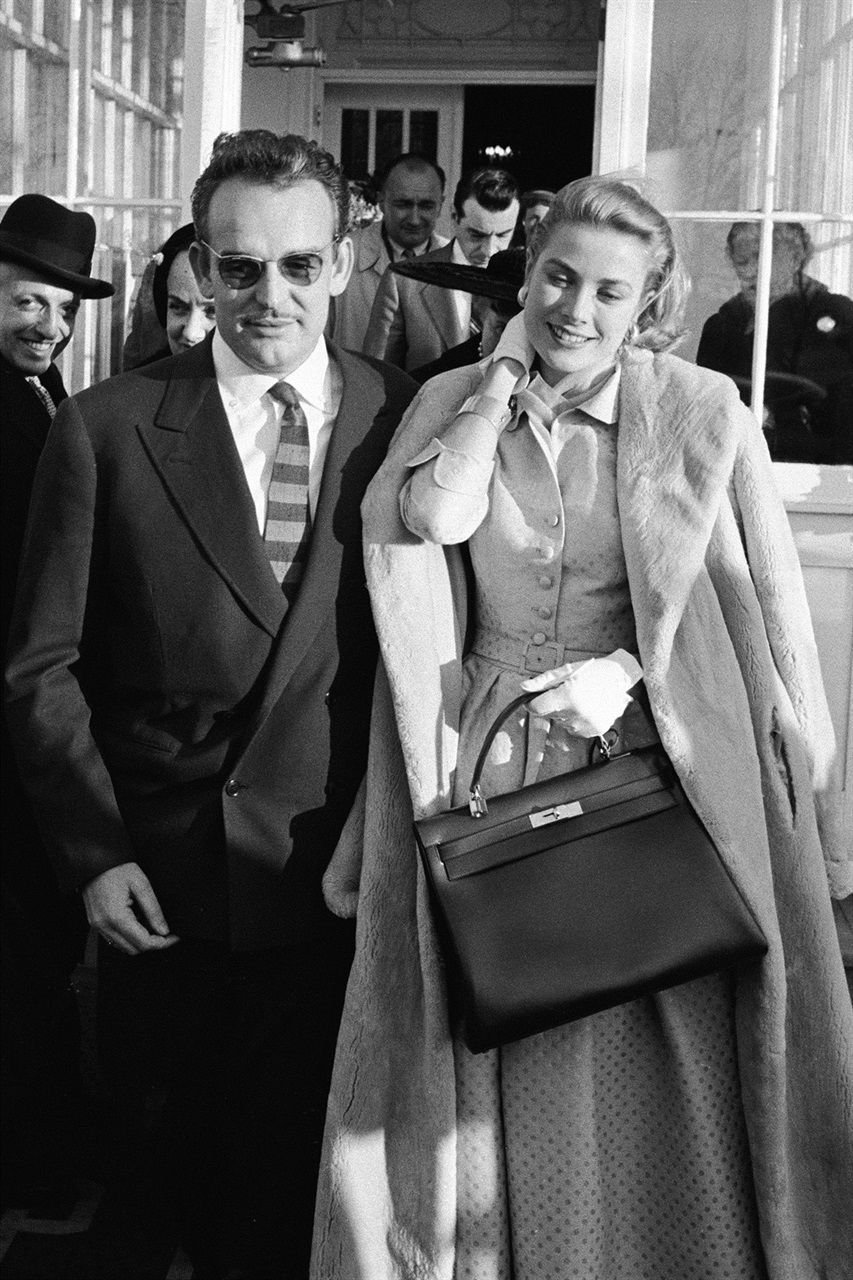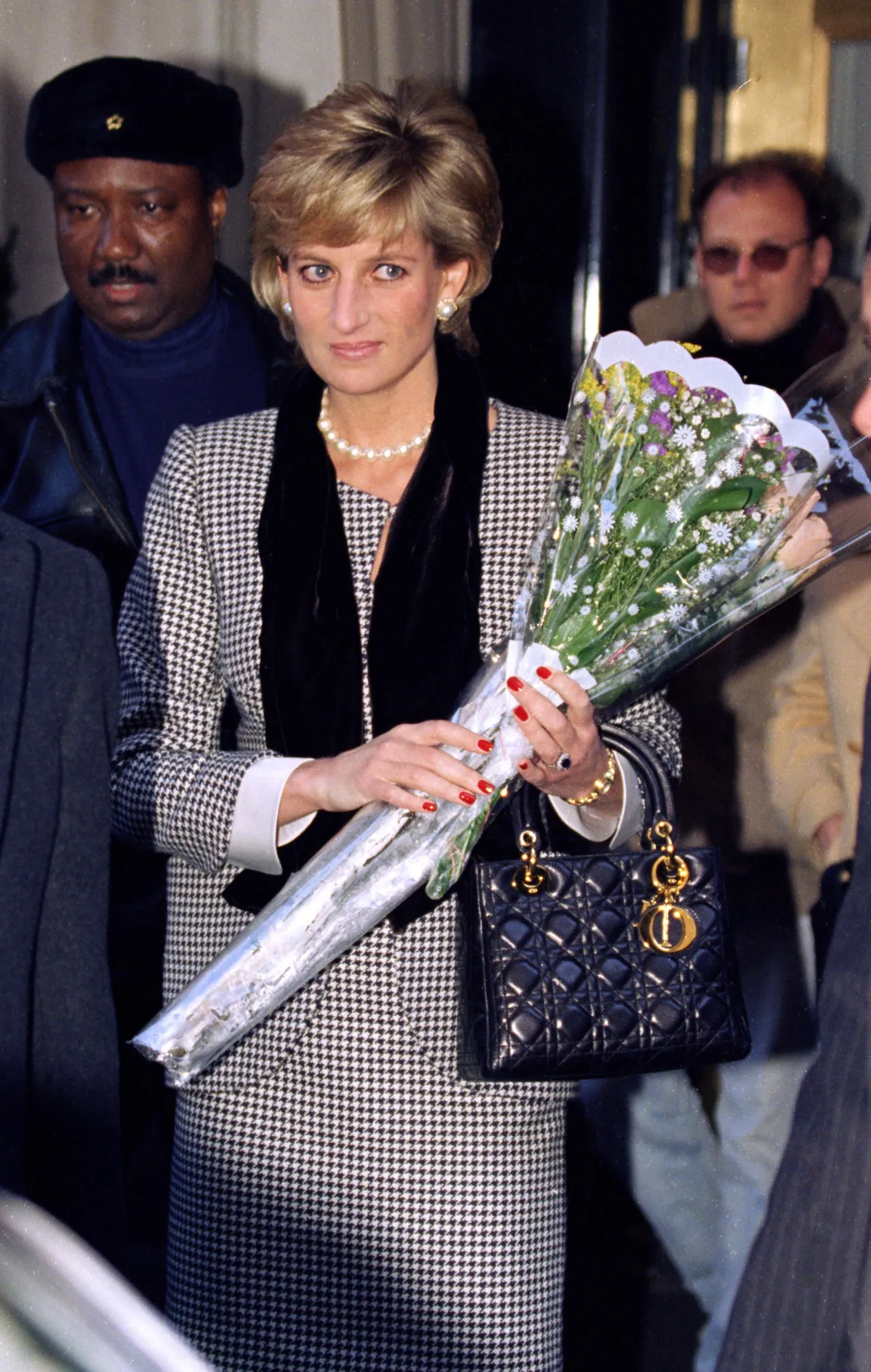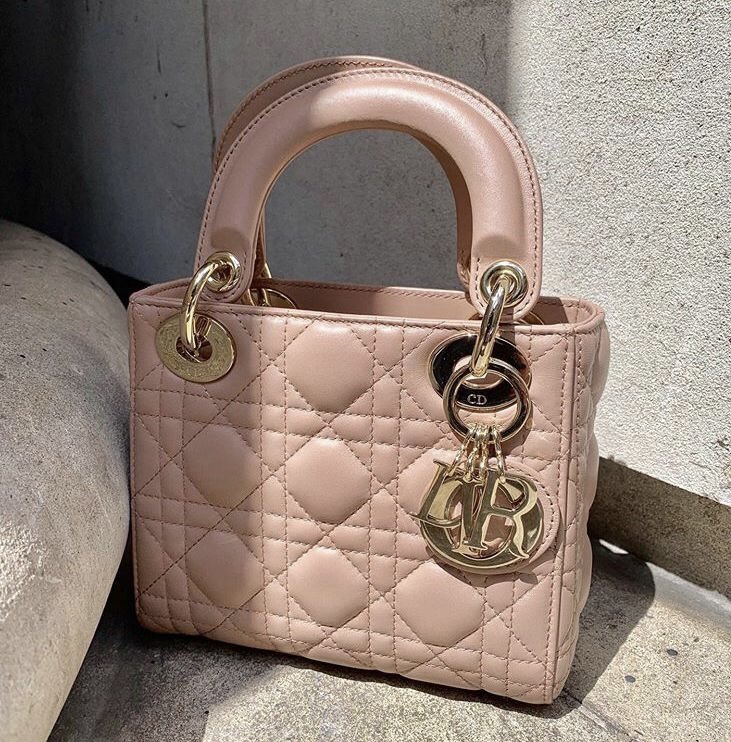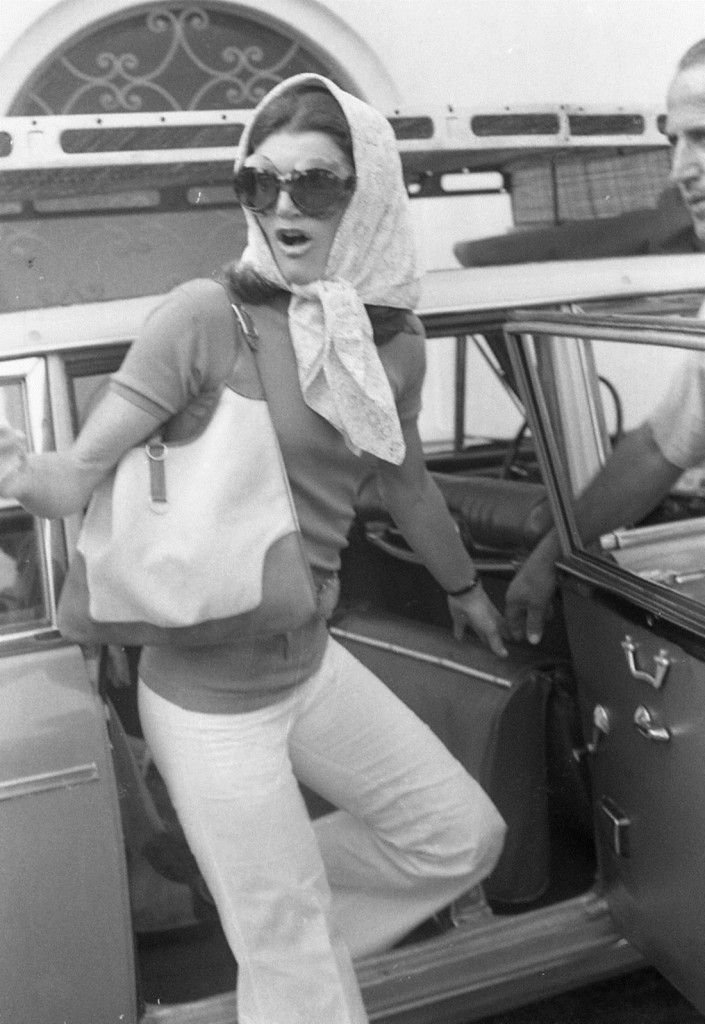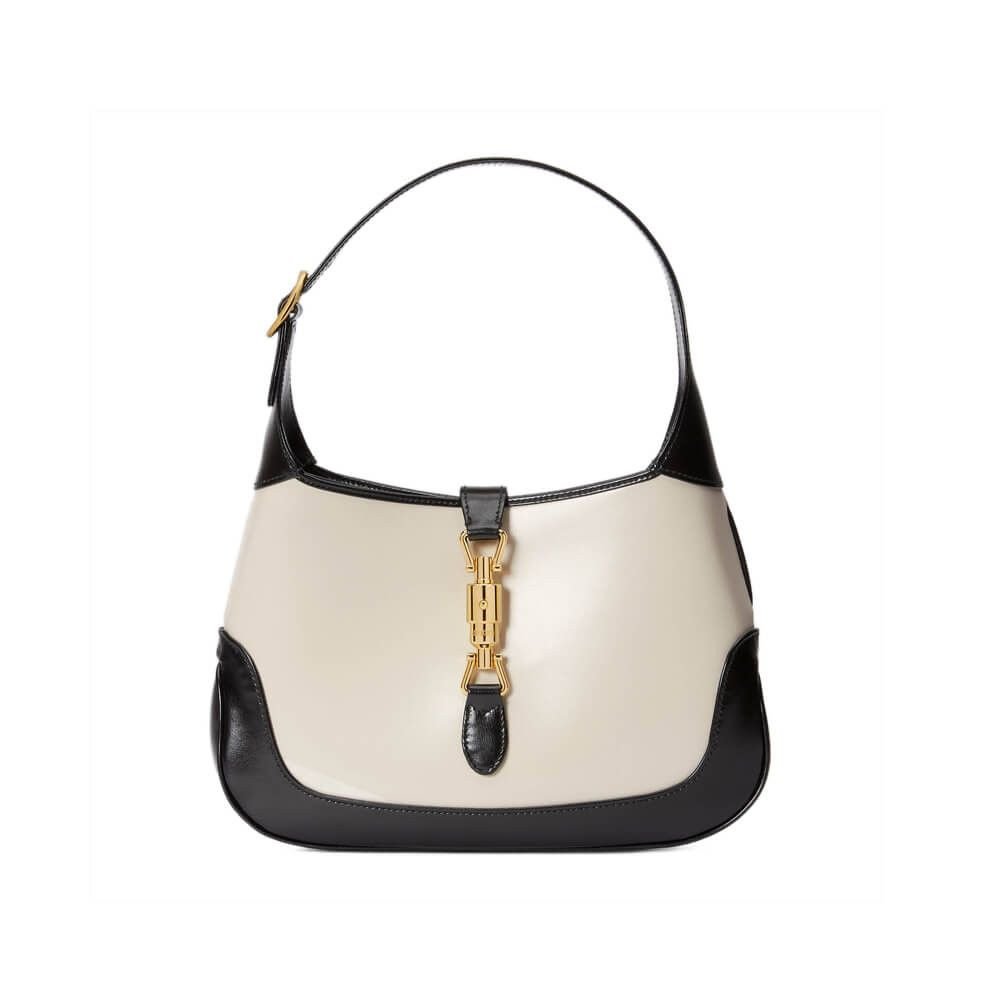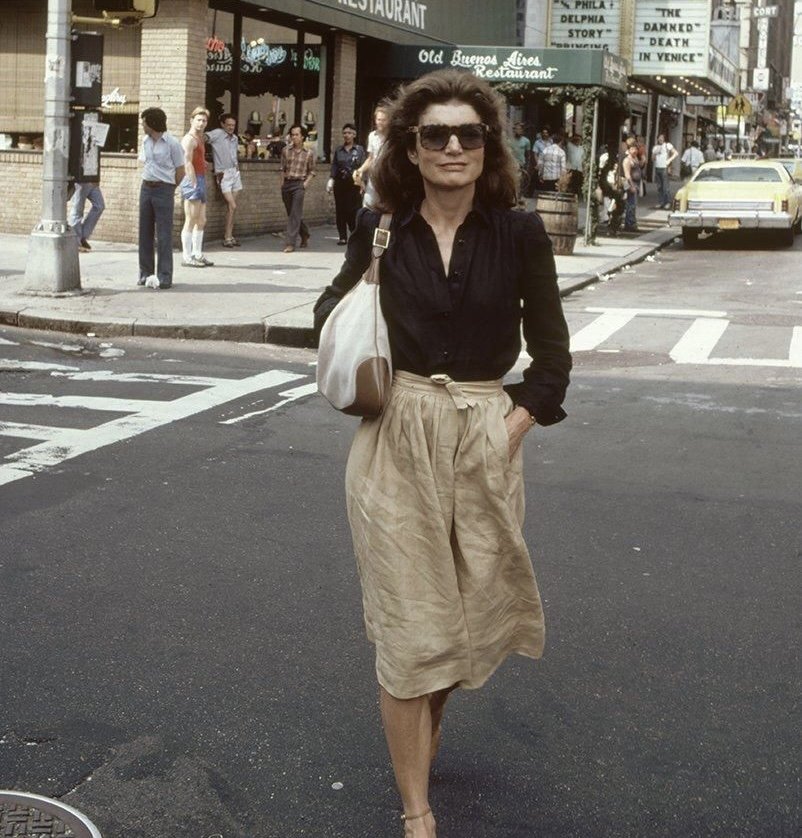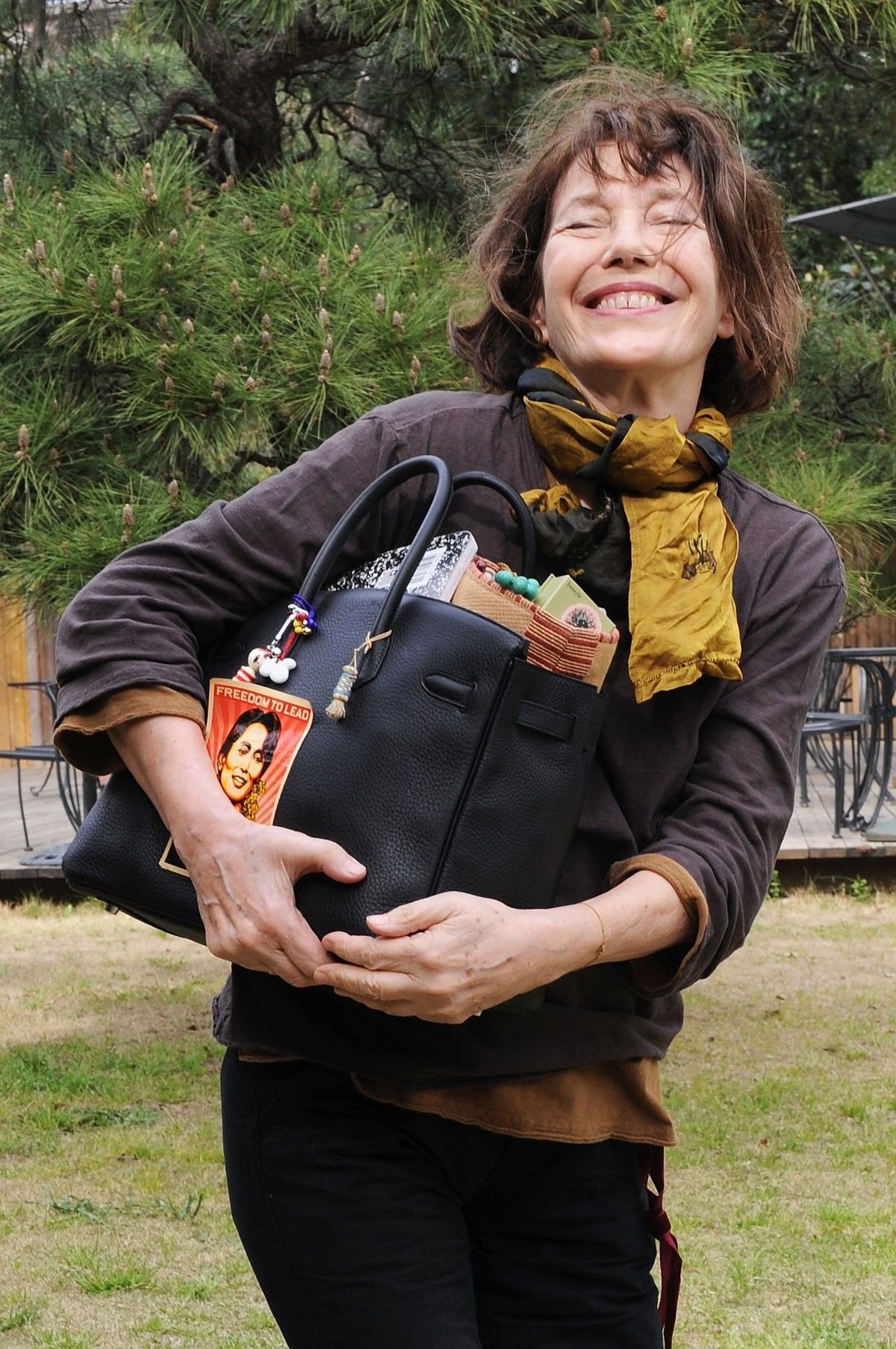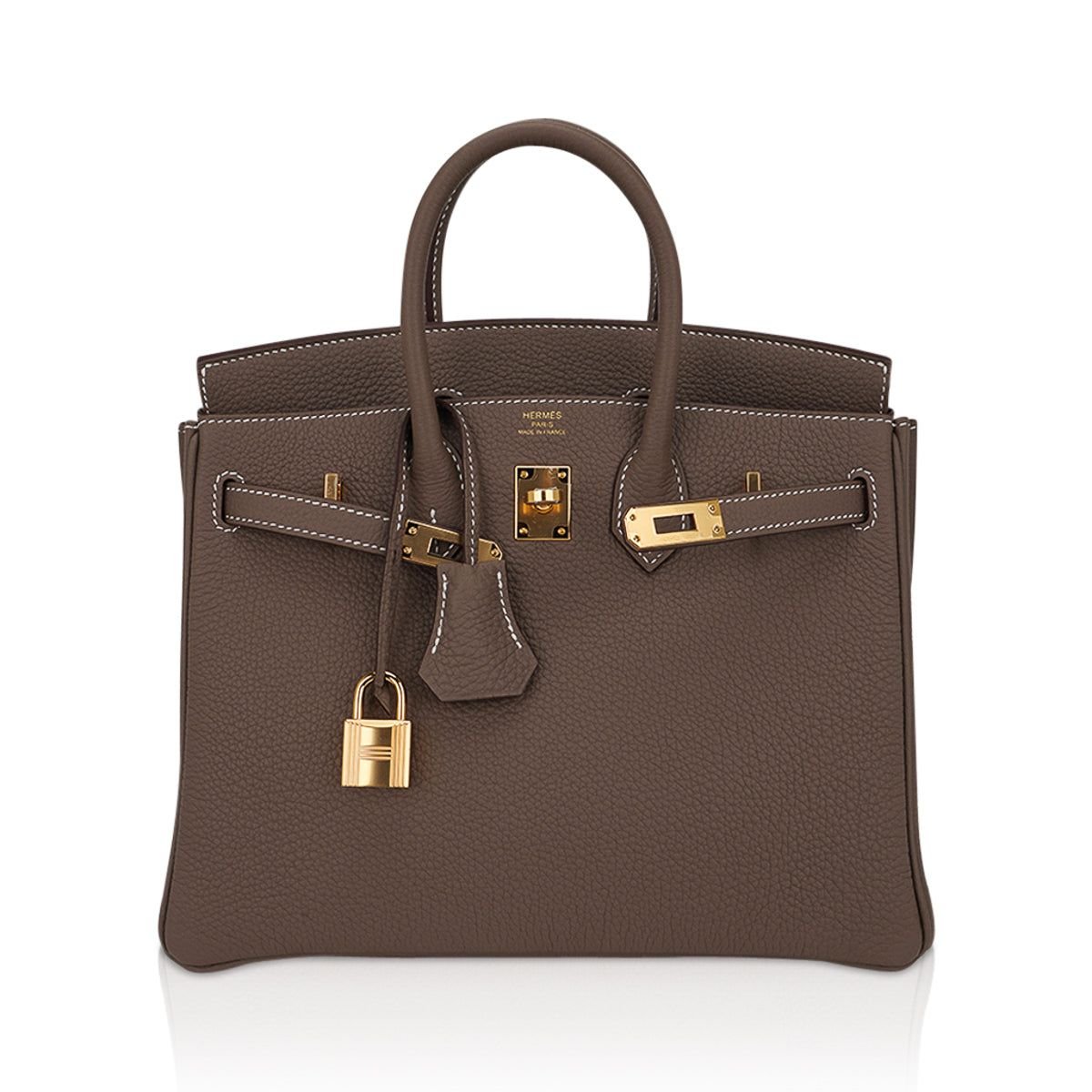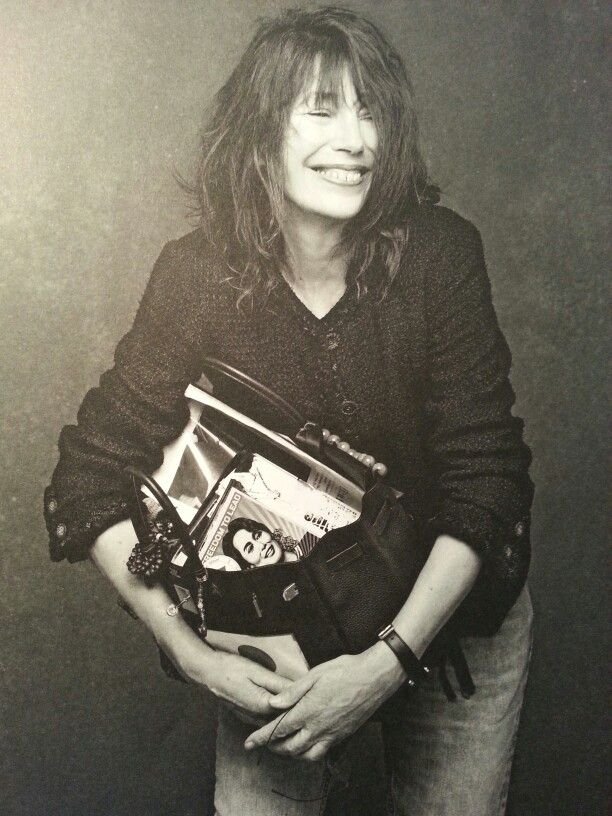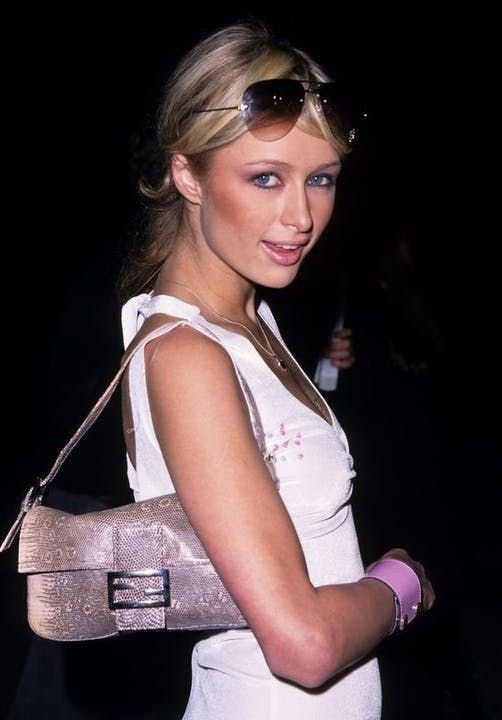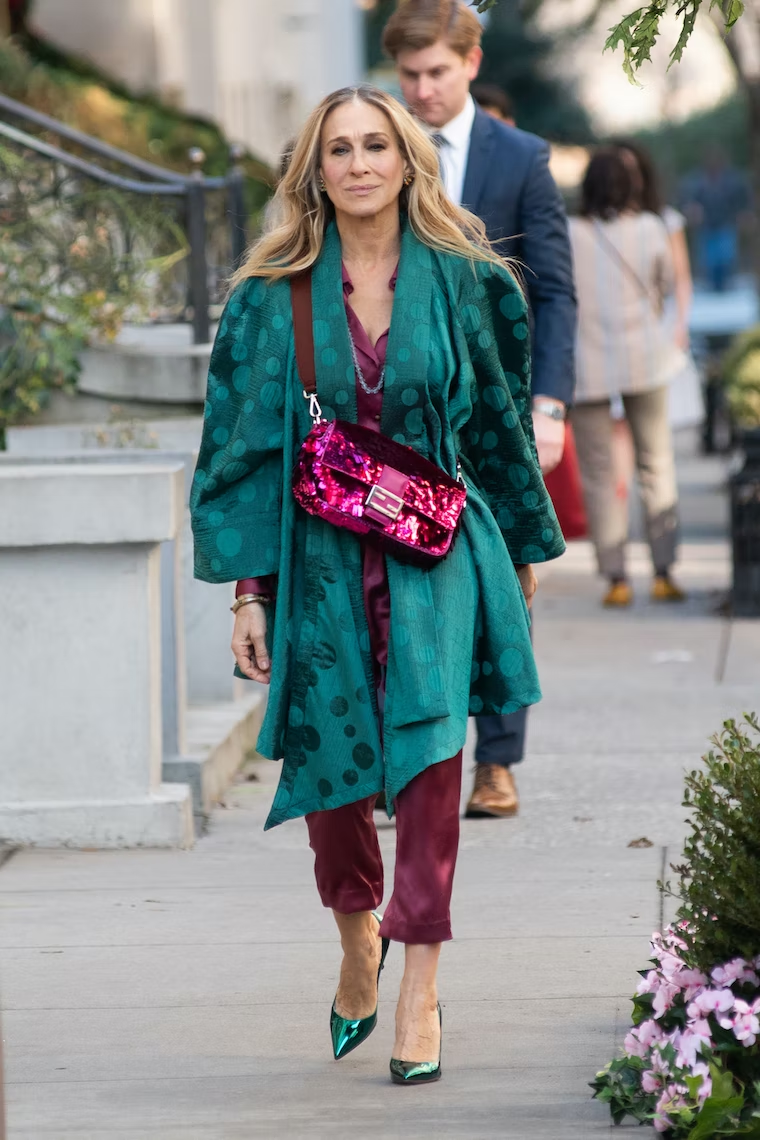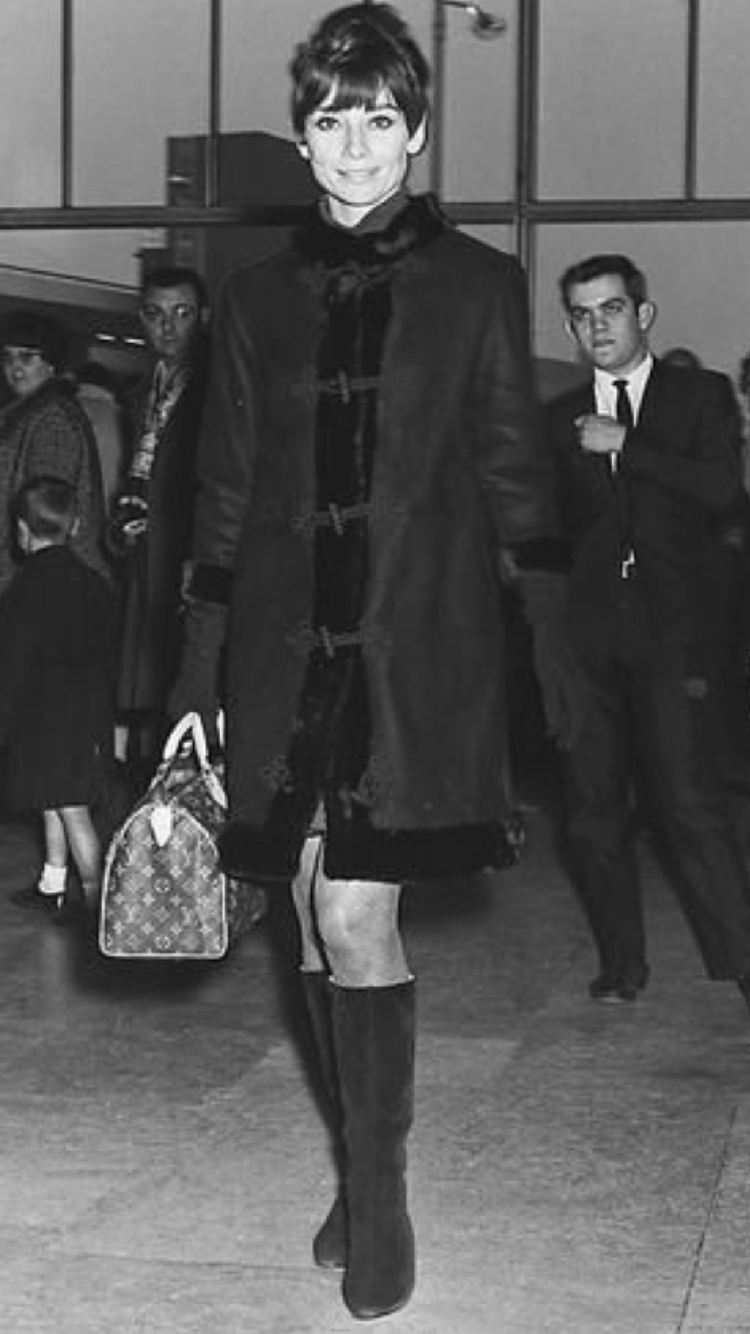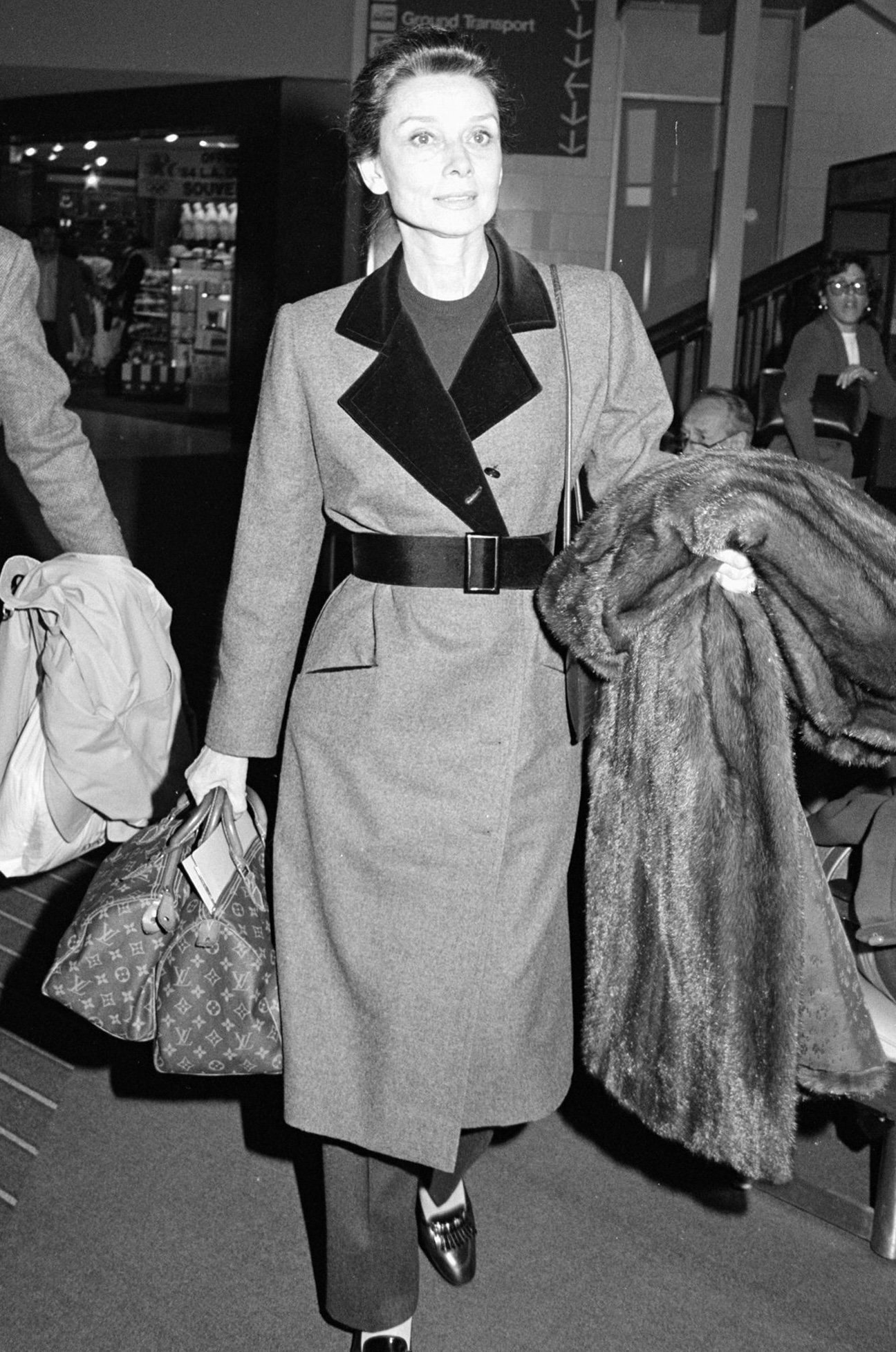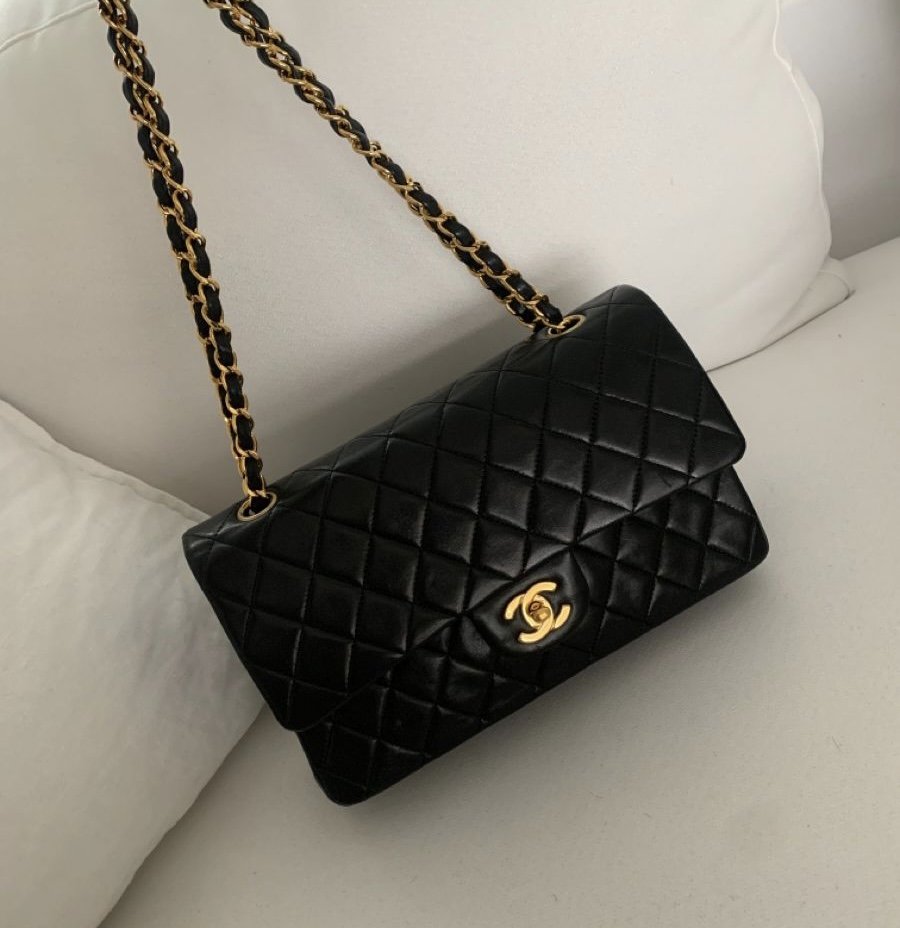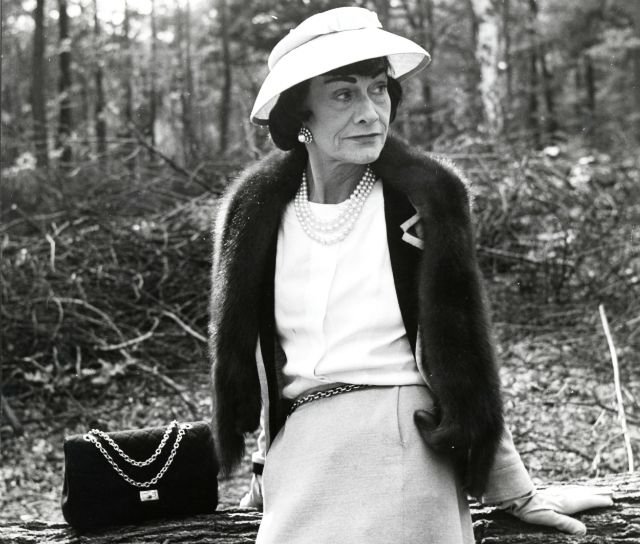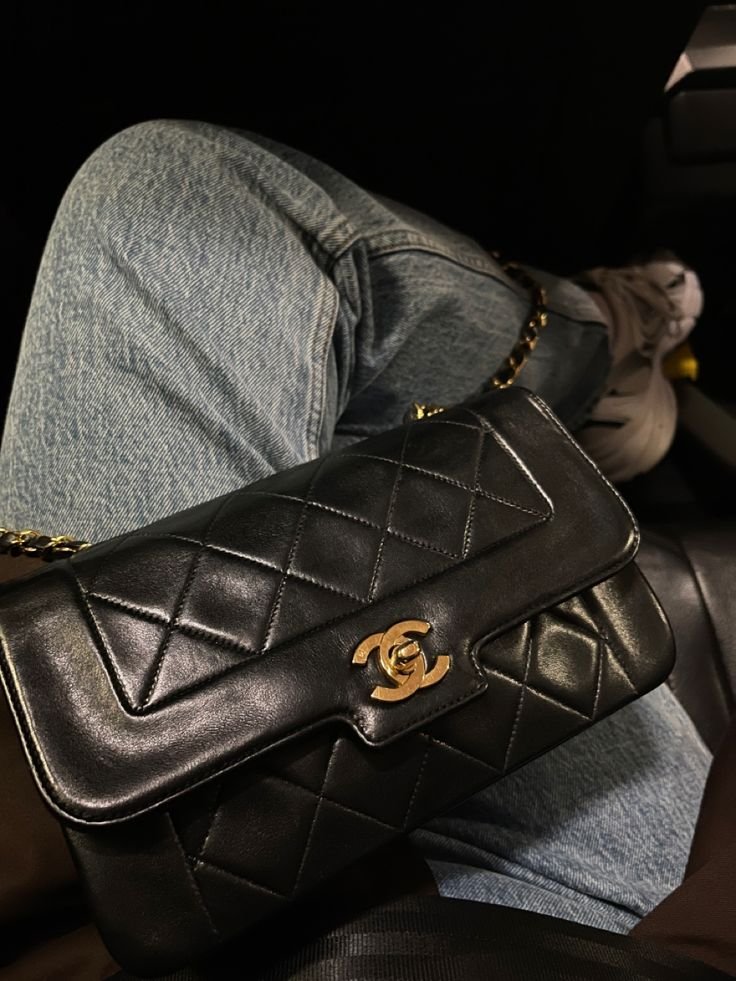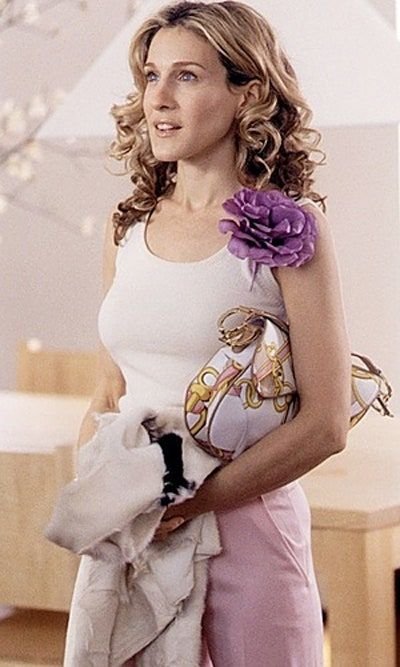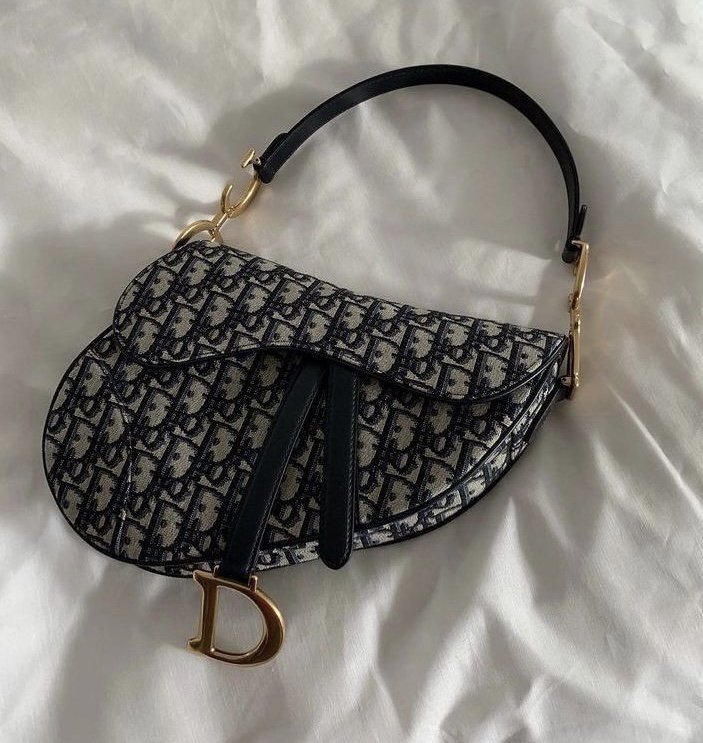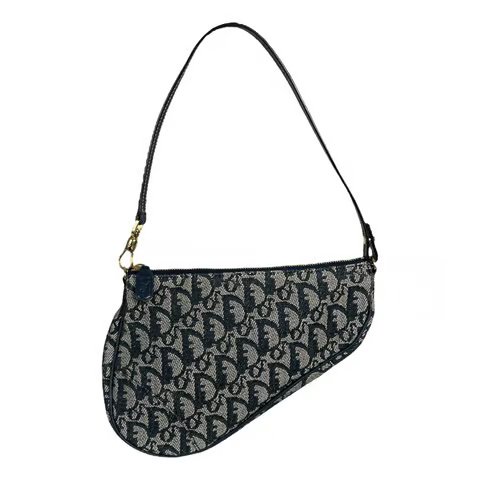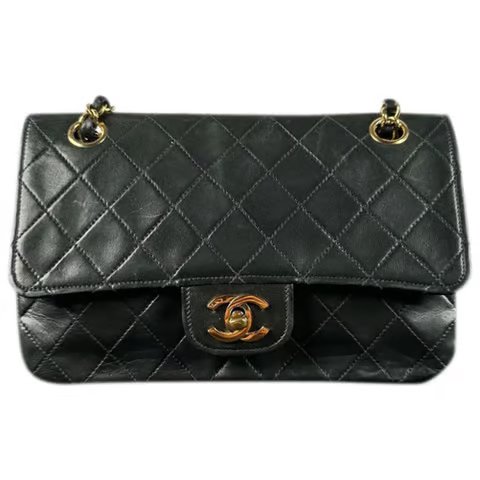THE ICONIC “IT” BAGS
While high-end fashion may appeal to a select group, most people can identify a handful of iconic fashion pieces that have had an impact and are not only on society but fashion history as well. Despite what some may think, handbags can have this impact. Purses have long been an extension of the self, holding things such as our identification, daily needs, and things we simply can not leave home without. The term “It” bag certainly takes both of these pathways to heart, becoming a wanted piece of history and becoming a part of the consumers' life. Few bags have made this cut but those that have are certainly worth knowing the history behind them and why people are drawn to them.
Hermes Kelly
One of the most popular luxury bags to date, the Hermès Kelly. In the 1930s, Robert Dumas, the head of Hermès (1951-1978), designed the women’s bag the Sac à Dépêches, which is now known as the Kelly. The bag has a trapezoidal design including two triangular gussets, a cutout flap, a handle, and two side straps. A singular Kelly bag is beautifully constructed out of 36 pieces of leather and 680 stitches by a single artisan over the course of 18 to 24 hours. The Hermès bag gained popularity in the 1950s when Hollywood star and princess Grace Kelly held the bag over her stomach to hide her pregnancy from the paparazzi. It is said that the Princess of Monaco was introduced to the bag while filming To Catch A Thief in 1955 when the costume designer Edith Head chose Hermès accessories to style the leading lady, when filming had wrapped up Grace refused to part with it. After she was seen with it the then relatively unknown bag shot to international fame which has yet to subside even today. Hermès eventually renamed the bag the “Kelly” in 1977 after the iconic actress-turned-princess.
Lady Dior
The Lady Dior bag was designed by Gianfranco Ferre in 1994 as a continuation of Christian Dior’s legacy, each element representing the house’s heritage. The charms for example are inspired by the lucky charms that Dior loved, and the signature quilting pattern of the bag is a nod to the Napoleon III chairs used for guests at Diors first show in 1947. In September 1995, while attending the opening of the Paul Cézanne retrospective in Paris at the Grand Palais, the First Lady of France, Bernadette Chirac, showed Princess Diana the unreleased Dior bag which was originally called the Chouchou. At that time the unreleased bag was shown to only a few special women in the world who had the opportunity to wear it. During an official visit to Argentina in November 1995, the Princess appeared carrying the bag as she was getting off the plane in Buenos Aires, Lady Dior officially made its debut on Lady Diana’s arm, launching from there into extraordinary fame. It is said that Lady Diana loved the bag so much that she contacted Dior to order it in every color, including specifically requesting a navy blue version to match her eyes. After she was officially seen with the bag she was rarely seen without carrying her Lady Dior. It was only fitting that the house rename the bag after Lady Diana, Princess of Wales.
Gucci Jackie
The Gucci Jackie bag was initially named the "Constance." The tale goes that in 1964, a few years after the bag was released, Jackie Kennedy wandered into a Gucci boutique and left with six of the crescent-shaped bags. After that day she was rarely seen without her beloved Gucci bags, the bag had become a part of her uniform. After popularizing the style and house, Gucci quickly changed the name from the ‘Constance’ to the ‘Jackie’. Once the 70s came around and bohemian fashion became the defining style of the times, the Jackie bag became even more popular as it fits in with its high versatility shape and style. The bag hasn’t changed much since it was designed in 1961, the most dramatic change to the bag happened in 1999 by creative director Tom Ford, who replaced the Jackie’s signature piston lock with a geometric-shaped buckle. Ten years later, Frida Giannini, who took over as creative director after Tom Ford, changed it back to its’ original piston lock detailing that is still present today.
Hermes Birkin
The Hermès Birkin, the ‘it’ bag or ‘it’ bags. Today it is near impossible to find a fashion lover who isn’t familiar with the iconic bag. In 1984 Jane Birkin was on a flight from Paris to London when she happened to be sitting next to none other than the Hermès CEO Jean-Louis Dumas (1978-2006). On the flight after dropping her Hermès notebook along with a few other things, Jane was complaining to Dumas that she couldn't find a bag suitable for her to fit all her stuff into. After introducing himself, they began discussing the need for a stylish but spacious bag, and he began sketching a rough design on the back of a sick bag with the help of Jane. From that point the Birkin bag was born, making its official debut to the world in 1984. The bags’ innovative design is comprised of a spacious rectangular holdall with a flap top, saddle stitching, and a lock closure. The Birkin is handcrafted by expertly trained artisans who have to go through between two to six years of training before they can begin working at Hermès. Each Birkin takes a minimum of 18 hours to make, and is stamped with a unique code indicating the year it was made, the workshop where it was crafted, and the artisan responsible for its creation. Since then the Birkin bag has been the ‘it’ bag, adored by celebrities, mentioned in songs and movies, and even referenced in Sex and the City season four and the iconic line: “It’s not a bag. It’s a Birkin.”
Fendi Baguette
Who knew that one of the most popular bags in the world would be carb inspired? The Fendi Baguette bag was designed by Silvia Venturini Fendi (granddaughter of the house’s founders) as an ode to the Parisian lady and the way they effortlessly carry fresh baguettes under their arms. The Baguette first appeared in Fendi’s autumn/winter 1997 show, showing off its small and practical bag, characterized by its rectangular dimension, its small strap, and the double F logo that closes the flap. After the show, the course was featured in Sex and the City with the iconic scene where Carries Baguette gets stolen and she exclaims that “It’s a bag-ette,” not a bag. Instantly, the Fendi bag became more than just a bag — it became a pop culture icon. In fact, Fendi was one of the first brands to lend products to Sex and the City’s costume designer Patricia Field to use throughout the show. The Fendi Baguette was immortalized as an accessory to be coveted and carried and quickly became a favorite of several celebrities such as Sarah Jessica Parker, Paris Hilton, and even Elizabeth Taylor. This year was the purse's 25th anniversary and was celebrated with its own New York Fashion Week show, the first show to be dedicated solely to a bag. Since it was released in 1997, the Fendi Baguette has been created in over 1000 variations, and of course well loved. In the words of Silvia Venturini Fendi herself, “The Baguette is like a best friend that never leaves your side,” which has “its own personality and its own identity — it’s a little sexy bag!”
Louis Vuitton Speedy
In 1930 the Louis Vuitton Speedy was designed as a smaller interpretation of the popular Keepall bag which was used for travel. The Speedy, initially named the “Express,” was created with the intent of being used as an everyday handbag. It is often thought that the Speedy is the house's first handbag, but five years earlier, in 1925, Georges Vuitton (son of Louis) created a custom dome-shaped Squire (renamed the Alma) bag for Gabrielle Chanel. In 1934, with Chanel’s permission, the bag went into commercial production after the Speedy was released. At the time of the Speedys’ launch, it was only available in a 30cm size, sizes 35cm and 40cm sized quickly followed. In 1965 actress Audrey Hepburn reached out to the house and pleaded for a smaller version that would better suit her petite frame, with that the Speedy 25cm was born. Hepburn adored her Speedy bag and carried it everywhere with her in the 1960s through the 80s, even carrying two at a time. Due to Audrey’s influence, the Speedy gathered a large fan base including fellow celebrities such as Lauren Bacall and Jackie Kennedy. It is very often said that Audrey Hepburn was responsible for the creation of the treasured and well-loved Speedy 25 we know today.
Chanel 2.55 Flap Bag
The classic Chanel flap bag that is highly sought after today was created by Gabrielle Chanel for none other than herself. The bag was named the Chanel 2.55 (often referred to as the Chanel Flap) after the date of its creation: February 2, 1955. When designing the bag Chanel wanted the bag to be the first popular bag made with a shoulder strap, freeing up women's hands from the constraints of the impractical clutch or handbag. Even today, the bag still follows the original design by Chanel constructed with a leather woven chain, quilting pattern inspired by her love of the equestrian universe, and twist clasp lock called the "Mademoiselle." After the bag debuted women were immediately drawn to its practicality and chicness. It is rumored that the back slip pocket of the purse was used by Gabrielle to hide her love letters. The bag's design has essentially remained the same except in 1983 Karl Lagerfeld changed the classic square twisting lock of the 2.55 (the Mademoiselle Lock), to the iconic interlocking CC clasp we know today.
Dior Saddle Bag
The Dior Saddle bag made its first appearance in 1999 in Dior’s spring/summer 2000 ready-to-wear show, created by the house’s former artistic director John Galliano, as his very first bag for the fashion house. Galliano refers to the inspiration of the bag as a "tribute to the elegance of the equestrian universe," with its saddle shape and stirrup-like ‘D’ charm. Shortly after its launch, the bag's ‘It-bag’ status was affirmed when Sex and the City’s Carrie Bradshaw appeared in the scenes of many toting around a Saddle bag. By 2003, after its appearances on the show, the bag was proudly carried around by celebrities such as Paris Hilton. When Galliano talked about the bag, he said, “She’s become a classic,” but sadly six years after its release sales began to decline and customers began to lose interest. In 2014 demand for the purse began to skyrocket once again after Beyoncé was spotted carrying a pony-hair Saddle, reviving the popular Y2K bag. In 2018 the bag peaked again when Dior's creative director Maria Grazia Chiuri reworked the bag for the autumn/winter 2018 collection. The reintroduction of the bag came with the new addition of a crossbody strap and slightly larger proportions to accommodate a smartphone. Since its renaissance, the bag continues to be a hit with sales rising in the mainstream and secondhand market.
These coveted “It” bags may have shot to fame and are but the same can be said that an “It” bag is one that is special to you and to be treasured, one you keep for a lifetime that’s always on trend, or one that simply stands out against the others.
FEATURED
DIOR
CLASSIC SADDLE BAGAuthentic Dior Trotter Monogram Mini Saddle Bag Iconic model
DIOR
LADY DIOR BAGIconic vintage Dior bag
GUCCI
JACKIE 1961 BAGNWT Gucci GG Supreme Monogram Jackie 1961 Clip Shoulder Bag 636706
LOUIS VUITTON
SPEEDY BAGThe iconic speedy bag
HERMES
KELLY 35 LEATHER BAGIconic Kelly vintage bag
CHANEL
CC FLAP BAGVintage classic cc flap
EXPLORE VANITY STORIES
